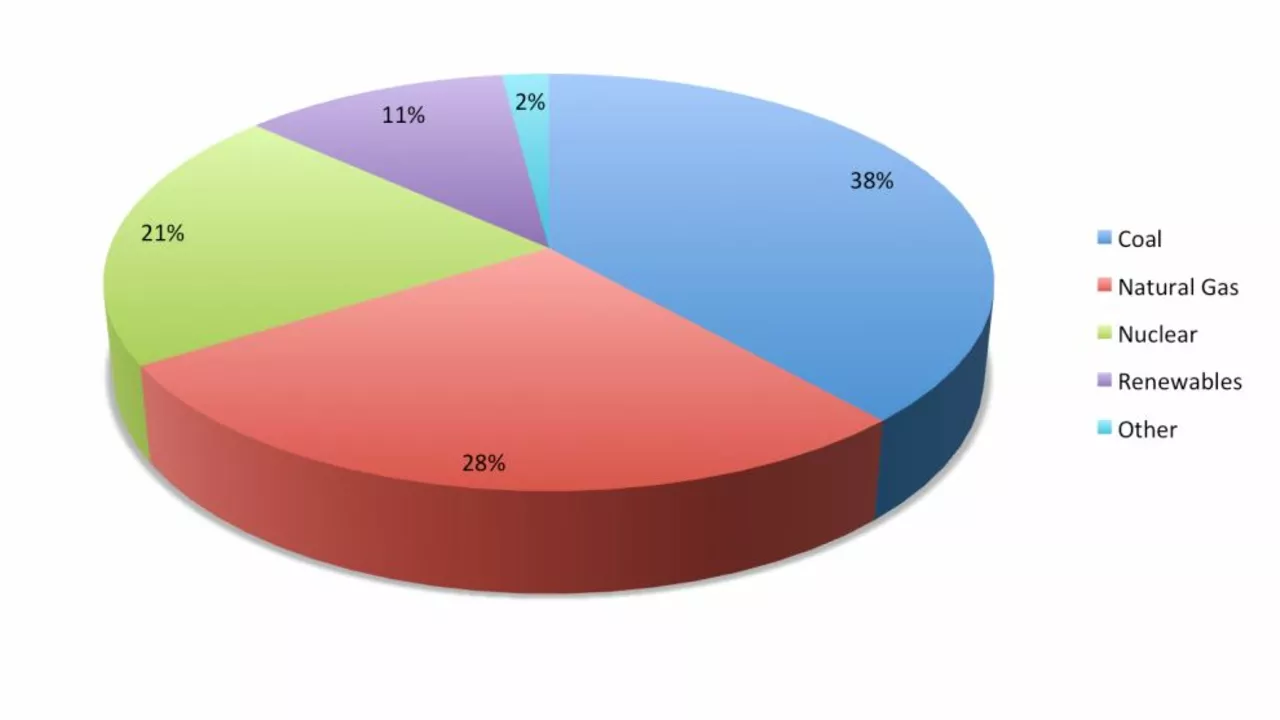Questioning The Value of Hydropower
Let's kick off with a dash of brutal honesty here, hydropower is not always a pristine energy source. Don't get me wrong, it can be quite an impressive sight to see a dam's torrents of white-water crashing down. However, such a spectacle can often mask the true environmental cost. A fact that many may not realize about these hydro-giants is that their gargantuan reservoirs are a blinking, neon sign for greenhouse gases. Nobody likes an unwanted house guest, but with hydropower, we're rolling out the red carpet for them.
Now before you start filling the barricades and shouting "But Caspian, hydropower is a renewable source, it can't be that bad," let me fill you in a bit more. I did a deep dive into some data and was shocked to find that these huge reservoirs are responsible for producing a large amount of methane and carbon dioxide. According to research, this is due to organic matter, like submerged trees and plants in the reservoirs, decaying and releasing these gases. Ultimately, this creates a significant environmental problem, disproving the notion that hydropower is a model citizen in the world of renewable energy.
The Discrepancy in Biomass
Moving on from the turbulent world of hydropower, let's turn our sights toward biomass, which also punches a fair bit above its weight in terms of environmental impacts. I know, I can almost hear your gasps of disbelief! But bear with me for a moment and let’s wade through the mire together. Biomass essentially entails burning organic materials - think along the lines of agricultural waste, trees, or even manure - and using that burning process to generate electricity. You're probably already seeing the smoke signals warning about how this could be a bit of a problem!
Indeed, while biomass is technically renewable (so long as we keep growing trees and other plants - and animals keep...doing their business), the process of burning these materials releases all sorts of nasties into our atmosphere. Rather than releasing Carbon Dioxide, this process actually has the audacity to release Carbon Monoxide, and while we all know that CO2 is a primary villain in climate change, CO isn't exactly a hero either.
Bitter Winds of Reality
Okay, so let’s talk about the elephant in the room: wind energy. We’ve all seen those picturesque fields of wind turbines softly revolving in the breeze. They look so graceful and benign, but let me tell you, folks, there’s more to this story than meets the eye. In fact, one might argue that the harsh reality of wind turbines is a big blow to our idealistic views of renewable energy. I know, such a breezy pun, right? But allow me to add some serious spin to this section.
For one, these majestic wind turbines do more than just cut through the air. They’re also quite adept at slicing and dicing our avian friends. Yes, those sleek blades are turning bird populations into feathered flambé, and that’s a pretty big issue, especially for endangered species. This kind of impact isn't taken into account when talking about renewable energy, creating a sort of blind spot for the environmental damage wind energy can cause.
The Not-So Sunny Side of Solar Energy
Ah, solar energy, the golden child of the renewable energy family. But let me assure you, even this bright spark has a darker side. If hydropower is the daunting, hulking brute of the renewable energy world, and wind turbines are the sleek, deadly assassins, then solar panels are the charming con artists. Solar energy is often seen as a clean, efficient, and reliable source of renewable energy - and to an extent it is. But, just like wind turbines, dams, and biomass, it carries impacts that are often obscured by the intensifying glow of its public image. Here's a little hard sun truth for you: solar panel production is not particularly environmentally friendly.
In terms of manufacturing solar panels, we're not exactly playing in a clean ballpark here. The process involves extracting raw materials, using hazardous chemicals, and producing a considerable amount of waste. That's quite a laundry list for something that's supposed to be nice and clean, right? These panels also have a finite lifespan, often of around 25-30 years. After that, we're left with a pretty big challenge - we have to figure out how to recycle or dispose of them. So, while the sun might be a renewable source of energy, the panels it's charging are not quite as sustainable.
Even with all these potential pitfalls, it doesn't mean we should throw in the towel on renewable energy sources. On the contrary, it means we need to keep refining and improving these technologies, while being fully aware of their pros and cons. After all, renewable energy is not an easy button for the environment, but it certainly is a significant step forward on our path to a sustainable future.
About the author
Caspian Thornwood
Hello, my name is Caspian Thornwood and I am an environmental expert with a passion for writing about our planet. I live in Melbourne, Australia, with my wife Abigail and our beloved children, Flynn and Delaney. Our extended family also includes Toffee, our Golden Retriever. When not studying and writing about the environment, I find joy in hiking, photography and gardening. I have dedicated my life to studying the impacts of human activity on the environment and finding sustainable solutions. I enjoy sharing my knowledge through articles, books, and presentations in order to educate and inspire others to protect our planet. In my free time, I love to explore the great outdoors and stay updated on the latest environmental research. Join me in my journey to preserve and restore the beauty of our natural world.
Write a comment
Random posts
-
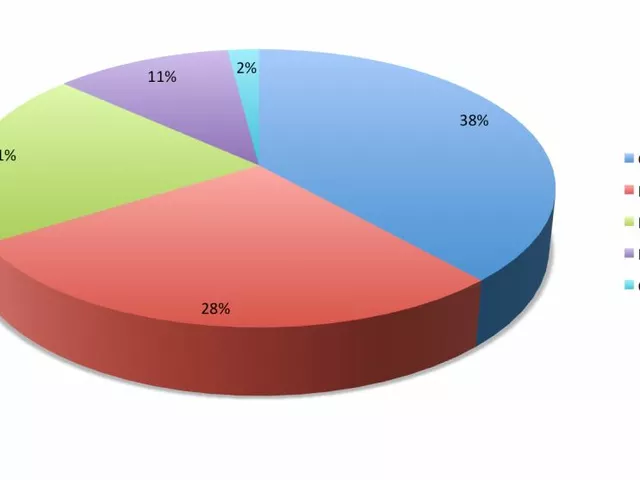
What is the worst kind of renewable energy?
Alright folks, buckle up for a wild ride through the world of renewable energy! Now, as much as I'm a fan of green power, I gotta admit - some sources are more problematic than others. Drumroll, please...and the award for the most troublesome renewable energy source goes to... biomass! Yep, you heard it right. Despite its "renewable" label, biomass can be terribly inefficient and it's practically a party pooper for the environment with its significant carbon emissions. So, next time you hear "biomass", think twice before you put on your party hat!
-
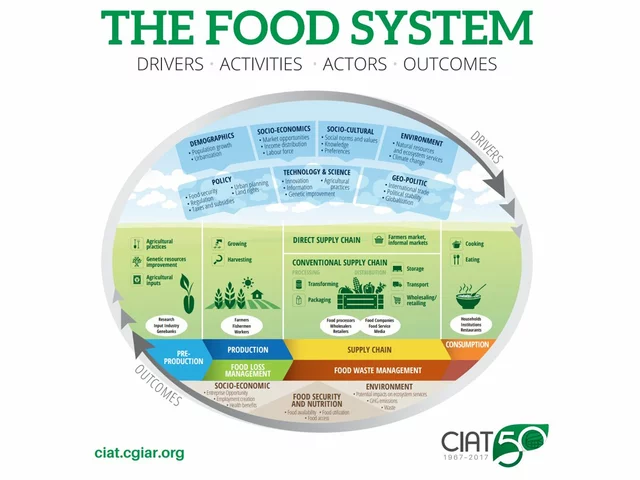
What are natural resources that are not economical?
In exploring the topic of natural resources that are not economical, it's crucial to understand that not all resources come with a price tag. Some like air, sunlight, and water in many parts of the world, are freely available and not traded in markets, thus lacking an economic value. Yet, they're fundamental to all life. Other examples might include scenic beauty and biodiversity, which are priceless and irreplaceable. It's important to remember that economic value doesn't equate to overall worth.
-
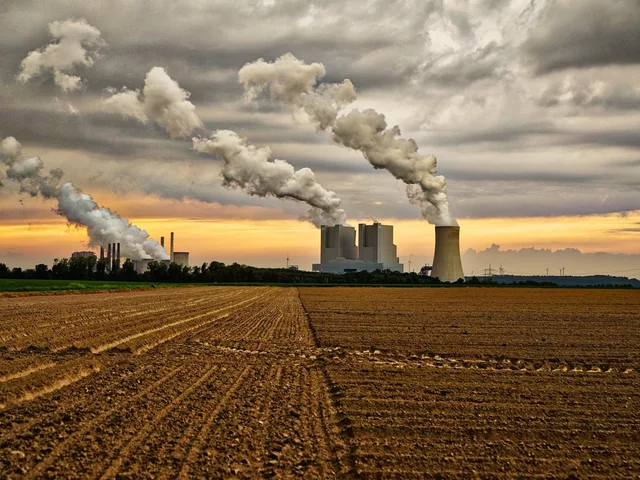
What are the environmental impacts of using coal as a fuel?
Well, folks, I've been digging deep into the coal mine of knowledge to bring you the dirt on our favorite fossil fuel. Turns out, it's not all sunshine and rainbows, coal has a pesky habit of causing a few environmental issues. Get this, when we burn coal, it releases a cocktail of gases, including carbon dioxide, which is like a personal trainer for global warming, making it bigger, stronger, and a whole lot scarier. Not to mention, it also generates a bunch of waste products that would make even the most hardened garbage man cringe. Plus, coal mining operations aren't exactly a walk in the park for our lovely landscapes, leaving them looking like a lunar landing site. So, while coal might've kept our ancestors toasty, it seems the environmental cost is a bit of a cold shower!
-
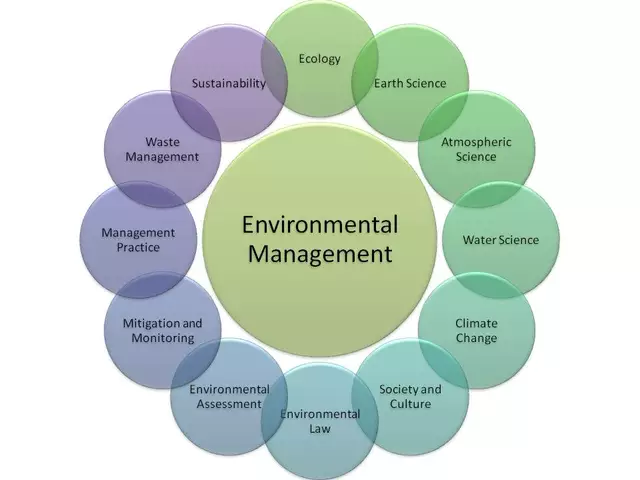
Can the exploitation of natural resources be sustainable?
In my exploration of whether exploiting natural resources can be sustainable, I found that it's a complex issue. While we rely heavily on these resources, overexploitation can lead to environmental degradation. However, with careful management, the use of renewable resources can potentially be sustainable. The key lies in balancing our needs with the preservation of the environment. Stricter regulations, technological advancements, and a global commitment to sustainability could make a significant difference.
